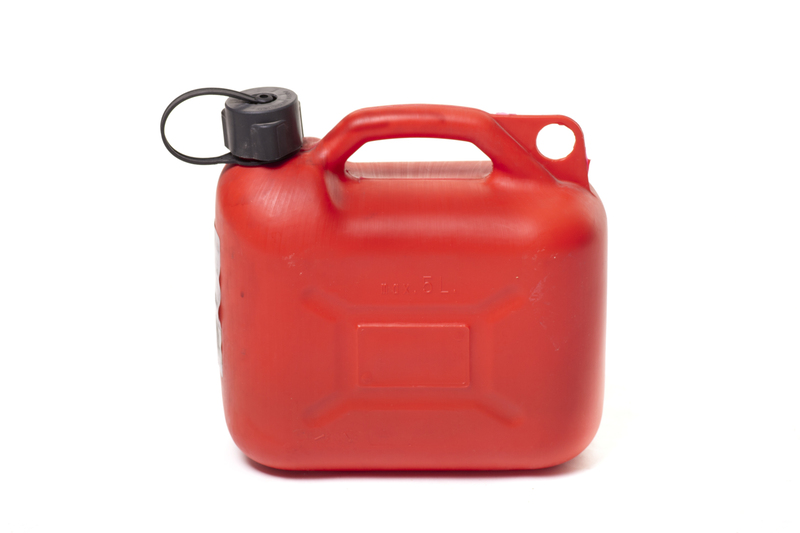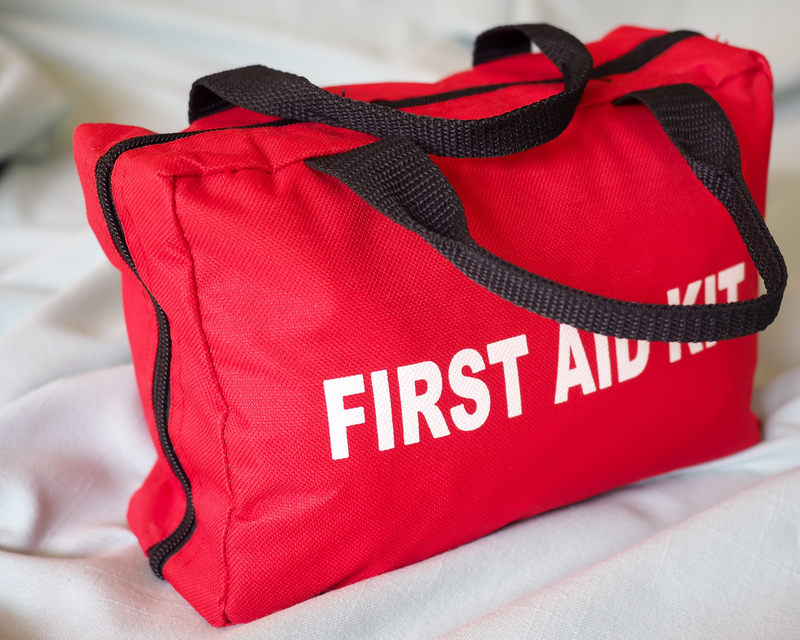DIY Fragile Item Packing Guide
Posted on 27/04/2025
Packing fragile items can be a daunting task, especially if you are concerned about preventing damage during transit. Whether you are moving to a new home, shipping delicate items to a friend, or simply storing valuables, proper packing is essential. In this guide, we'll walk you through a comprehensive, step-by-step method to pack fragile items safely and efficiently. Follow these instructions and tips to ensure your delicate possessions arrive at their destination intact.
Gather Your Supplies
Before you start packing, it's crucial to gather all the necessary supplies. Having everything you need on hand will make the process more efficient and help avoid last-minute stress.
- Boxes: Use sturdy, high-quality boxes. Double-walled boxes are ideal for added protection.
- Padding Material: Bubble wrap, packing peanuts, foam sheets, and newspaper can all be used to cushion your items.
- Wrapping Materials: Packing paper, tissue paper, and old blankets or towels can help wrap individual pieces.
- Sealing Tape: High-quality packing tape is essential for securing your boxes.
- Labels and Markers: Clearly labeling boxes as "Fragile" can alert handlers to take extra care.

Preparing Your Fragile Items
Before you start packing, prepare your fragile items to ensure they remain in their best condition. Here are some preliminary steps to take:
- Clean Your Items: Dust and dirt can cause scratches and damage. Clean your items thoroughly before packing.
- Disassemble When Possible: If your fragile items have removable parts, disassemble them to reduce the risk of breakage.
- Protect Sharp Edges: Use padding material to cover any sharp edges or protrusions that could cause damage to other items.
The Art of Wrapping
Proper wrapping is critical in safeguarding your fragile items. Here's a step-by-step guide on how to wrap different types of fragile items:
Glassware and Ceramics
- Place a layer of bubble wrap or packing paper on a flat surface.
- Insert the glassware or ceramic item in the center of the material.
- Wrap it snugly, ensuring that there are no exposed surfaces.
- Secure the wrapping with tape to keep it in place.
- If the item is particularly fragile or valuable, double-wrap it for extra protection.
Electronics
- Remove batteries and cables, and wrap them separately.
- Cover the electronic device with anti-static bubble wrap to prevent static electricity damage.
- Cushion the device with foam sheets or packing peanuts before placing it in the box.
Artwork and Mirrors
- Place a sheet of cardboard on the front and back of the artwork or mirror.
- Wrap the entire piece with a thick layer of bubble wrap or packing paper.
- Secure the wrapping with tape.
- For added protection, you can use corner protectors designed specifically for artwork and mirrors.
Packing the Boxes
Once your items are wrapped, it's time to pack them into boxes. Follow these guidelines to maximize protection:
Layering Techniques
- First Layer: Line the bottom of the box with a thick layer of padding material to cushion the contents.
- Middle Layer: Place your heaviest items in the box first, followed by lighter items on top. Ensure each item is surrounded by padding material to prevent movement.
- Top Layer: Add another thick layer of padding material to the top before sealing the box.
Preventing Movement
Movement inside the box can lead to damage. To prevent this, fill any gaps with crumpled packing paper, packing peanuts, or foam sheets. Shake the box gently to test if anything moves, and add more padding if necessary.
Sealing the Box
Use high-quality packing tape to seal the box securely. Apply tape along the seams and edges, and consider reinforcing the bottom of the box with additional tape for extra support.
Labeling and Handling
Proper labeling is essential for ensuring fragile items are handled with care. Follow these tips:
- Label as Fragile: Clearly mark the box with "Fragile" and "Handle with Care" stickers or handwritten labels.
- Indicate the Top: Use arrows to indicate which side of the box should face up to prevent accidental mishandling.
- Include Special Instructions: If the contents require special handling, include detailed instructions on the box.
When transporting the boxes, take extra care. Try to handle them yourself if possible, and avoid stacking heavy items on top of boxes containing fragile items.
Extra Tips for Safe Packing
Here are some additional tips to ensure your fragile items remain safe during transit:
- Use Small Boxes: Smaller boxes are better for fragile items as they are easier to carry and handle, reducing the risk of drops and impacts.
- Consider Specialized Boxes: For extremely valuable or delicate items, consider using specialized boxes designed for specific types of fragile items (e.g., wine glasses, electronic devices).
- Insure Valuable Items: If you are shipping valuable fragile items, consider purchasing insurance to cover potential damages.
- Temperature Control: Some fragile items are sensitive to temperature changes. Make sure to account for this if the items will be exposed to extreme temperatures.

Handling Common Fragile Items
Different types of fragile items require specific packing techniques. Here are some tips for handling common fragile items:
China and Porcelain
- Wrap each piece individually with packing paper or bubble wrap.
- Place crumpled packing paper between each item to prevent contact and movement.
- Use dividers or cardboard sections within the box to keep items separated.
Musical Instruments
- Loosen the strings or components to relieve tension.
- Use a hard case if available, and add padding around the instrument inside the case.
- Fill any empty space in the case with soft padding material to prevent movement.
Collectibles
- Secure any moving parts with tape or padding.
- Wrap each item individually with bubble wrap or packing paper.
- Use a box that is just the right size to minimize movement and add extra padding.
Conclusion
Packing fragile items requires careful planning and attention to detail, but by following this DIY guide, you can ensure your valuable possessions are well-protected. Remember to gather all necessary materials, wrap items properly, pack boxes thoughtfully, and label clearly. With these steps, you can minimize the risk of damage and have peace of mind that your fragile items will arrive safely at their destination.








